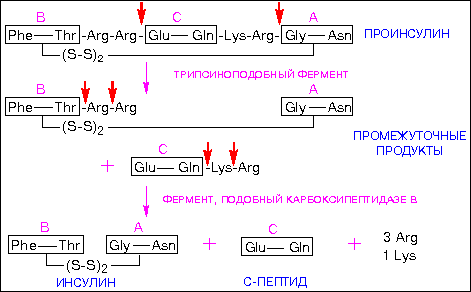Gene superfamily: cytochrome c oxidase; (MTCO1 MTCO2 MTCO3 COX4 COX4P1 COX5A COX5B COX5BL1 COX5BL2 COX5BL3 COX5BL4 COX5BL5 COX5BL6 COX5BL7 COX6A1 COX6A2 COX6B COX6BP1 COX6BP2 COX6BP3 COX6BP4 COX6C COX7A1 COX7A2 COX7A3 COX7B COX7C COX8 COX10)
|
SUM |
Cytochrome oxidase is a complex of proteins that is essential for cellular energy metabolism. It functions by transferring electrons from reduced cytochrome c to molecular oxygen. Mammalian cytochrome oxidase consists of 13 subunits. The 3 largest subunits are encoded by the mitochondrial genome while the remainder are produced by nuclear genes and imported into the mitochondria. One key component required for cytochrome oxidase assembly, identified first in yeast, is the oxa1 gene (GEM:14q112/OXA1L)." |
|
FUN |
[1] Cytochrome c oxidase complex is located on mitochondrial membrane
and performs the terminal reaction of respiratory chain transferring
electrons from reduced cytochrome c to molecular oxygen.
[2] Enzyme code: 1.9.3.1. [3] Systematic name: ferrocytochrome-c:oxygen oxidoreductase. [4]-The reaction catalyzed: 4 ferrocytochrome c + O(2) = 4 ferricytochrome c + 2 H(2)O." |
|
EAG |
Three catalytic subunits of this enzymatic complex are encoded by genes of the mitochondrial genome (GEM:0Mh5904/MTCO1, GEM:0Mh7586/MTCO2 and GEM:0Mh9207/MTCO3). They corresponds to the genes of prokaryotic cytochrome c oxidase. The eukaryotic, especially mammalian, enzymes have several additional subunits that are encoded by nuclear genes. These peptides are supposed to be involved in the modulation of catalytic function." |

